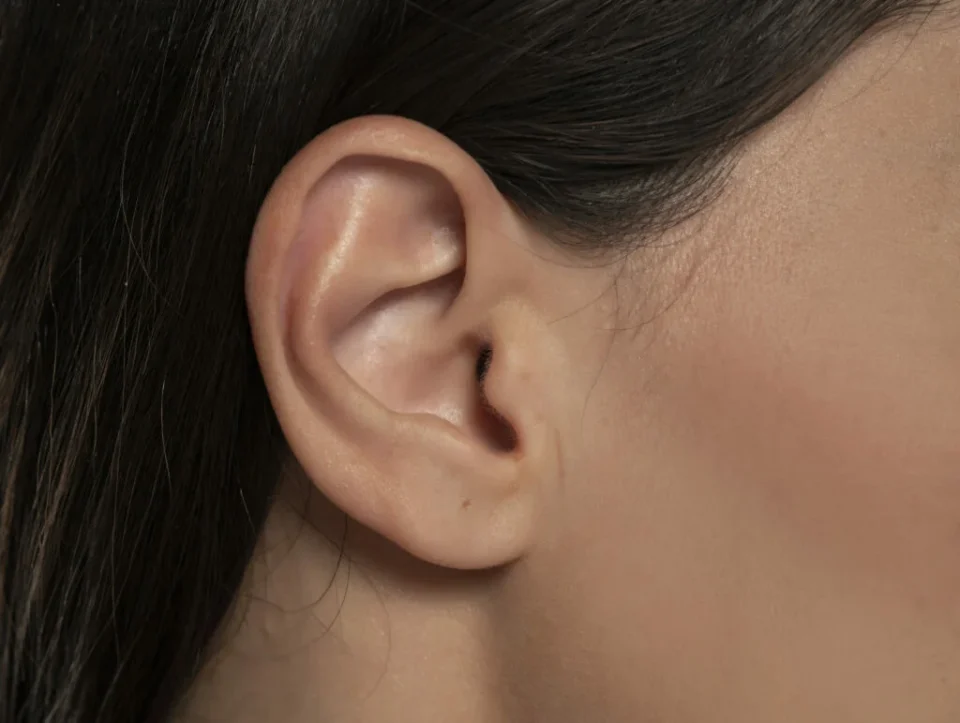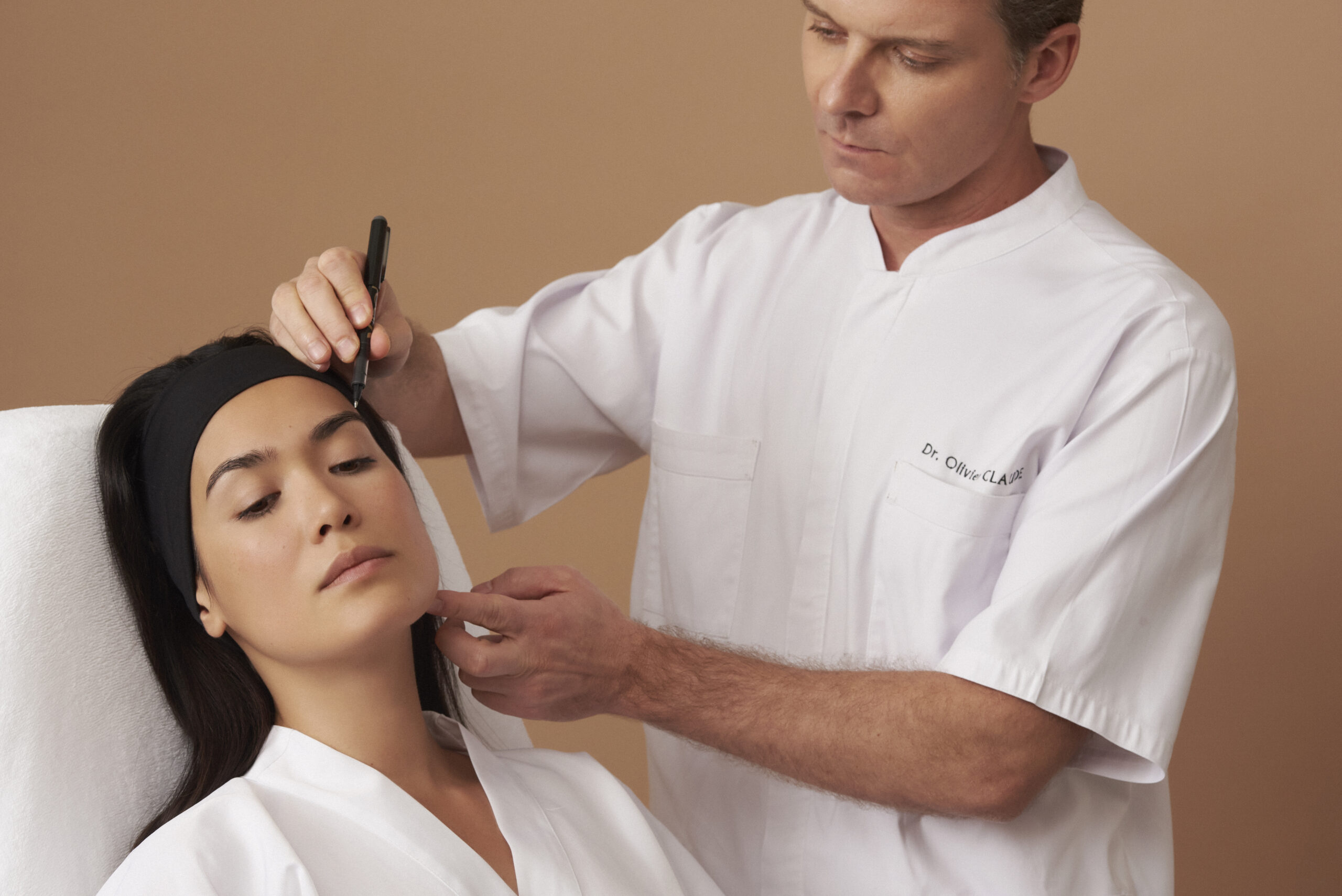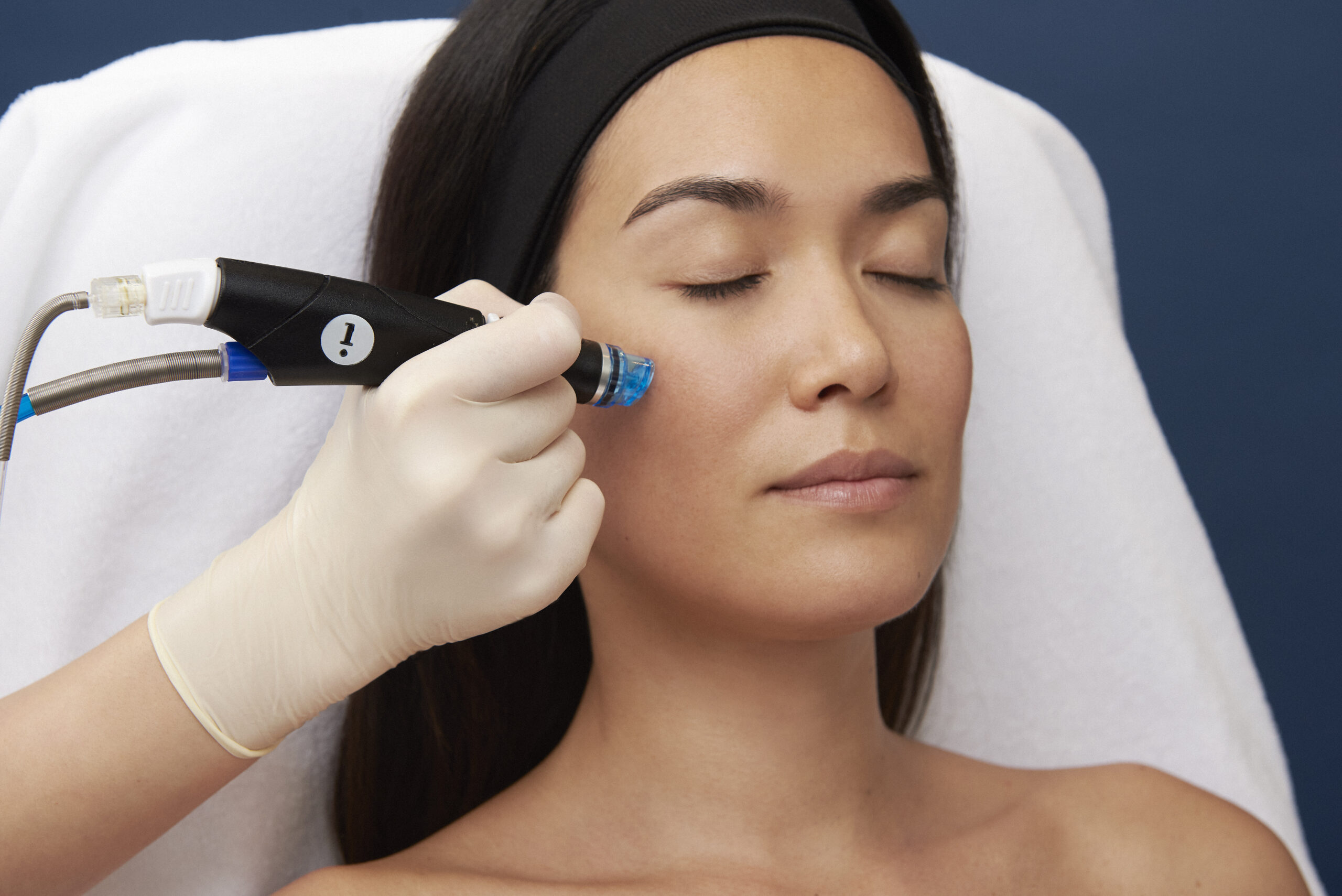
Detached ears
Otoplasty: surgery for protruding ears
Presentation
Otoplasty is used to reshape protruding ears that are too visible. Otoplasty is designed to correct abnormalities in the cartilage of the auricle:
- Excessive angulation between the auricle and the skull.
- Excessive size of the concha cartilage projecting the ear forward.
- Faulty folding of the cartilage’s usual relief.
Otoplasty allows these anomalies to be permanently corrected by remodelling the cartilage, so as to obtain symmetrical, “reattached” ears of natural size and appearance.
Otoplasty can be performed on adults, but can be carried out from the age of 7.
Procedure
How is otoplasty performed under anaesthetic?
- Either a pure local anaesthetic or a more thorough anaesthetic using intravenous tranquillisers.
- Or even a standard general anaesthetic.
Otoplasty is usually performed on an outpatient basis; i.e., in hospital during the day, with discharge authorised the same day after a few hours of monitoring.
How long does the operation take?
- Skin incisions: these are made only in the retroauricular fold (i.e., the natural fold behind the ear).
- The skin is then peeled away as required to gain access to the cartilage.
- Cartilage remodelling: The principle is to recreate or improve the natural relief by refining and folding, possibly maintained by fine, deep sutures. Finally, the auricle is brought into the correct position in relation to the skull.
- Sutures: absorbable sutures are used at the end of the otoplasty.
Result
What is the post-operative course of otoplasty?
Pain is usually moderate after otoplasty. A support and protection bandage (such as a “tennis headband”) must be worn day and night for one month, then only at night during the 2nd month. During this period, physical or sporting activities involving the risk of contact should be avoided.
Otoplasty – what are the results?
It takes two months to appreciate the final result of otoplasty. This is the time needed for the tissues to soften and for all the oedema to subside, leaving the contours of the ear clearly visible. After this time, only the scars will still be slightly pink and indurated before fading.
In most cases, otoplasty will have effectively corrected the anomalies present, resulting in ears that are normally positioned and oriented, well plicated, symmetrical, and of natural size and appearance.
The choice of surgeon is crucial
By choosing a surgeon qualified as a Specialist in Plastic, Reconstructive and Aesthetic Surgery by the French Medical Council and graduate of a DESC (Diploma of Advanced Specialised Studies) in Plastic, Reconstructive and Aesthetic Surgery, you limit these risks as much as possible. Real complications are exceptional following an otoplasty performed by a competent specialist.


